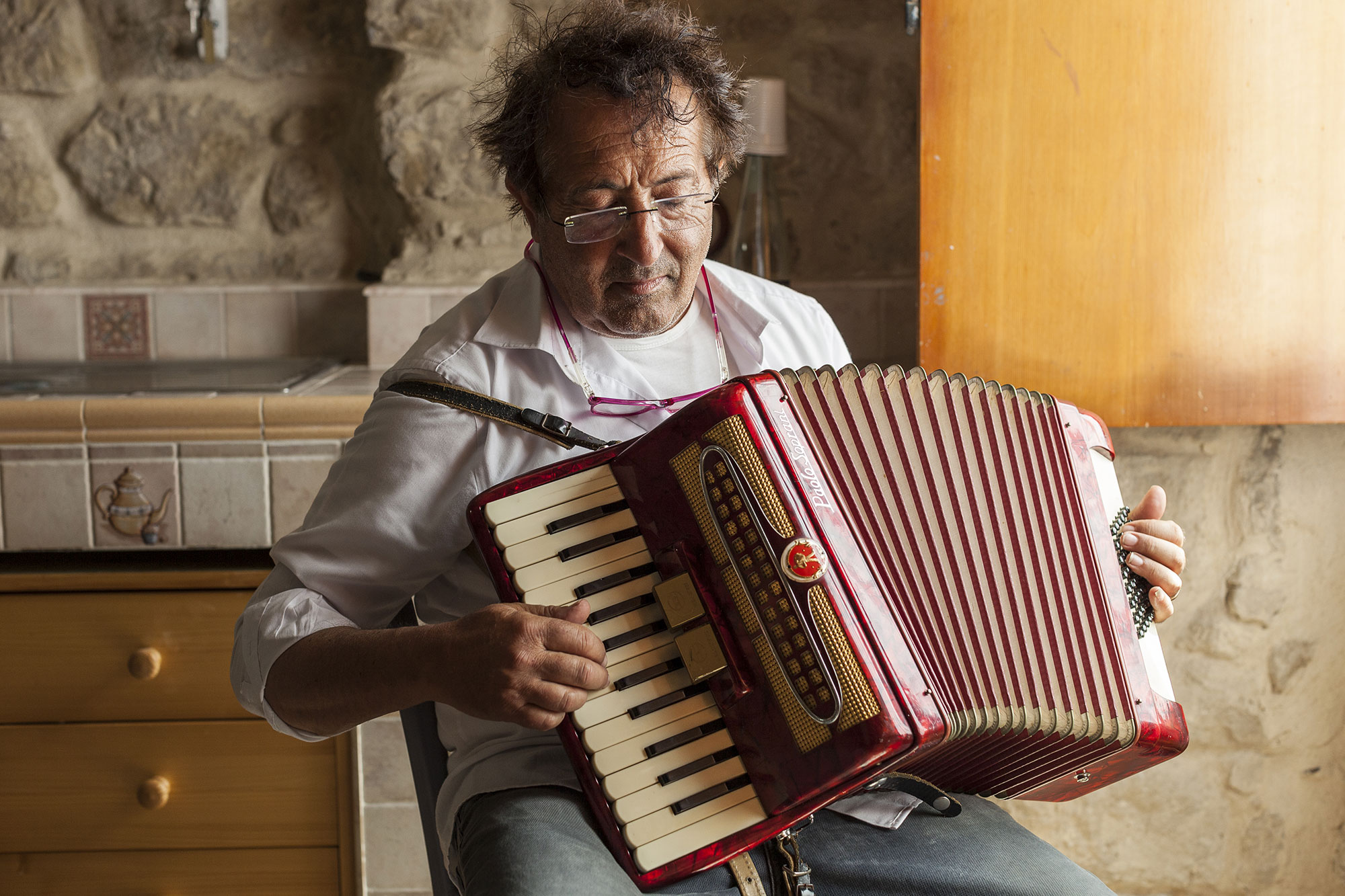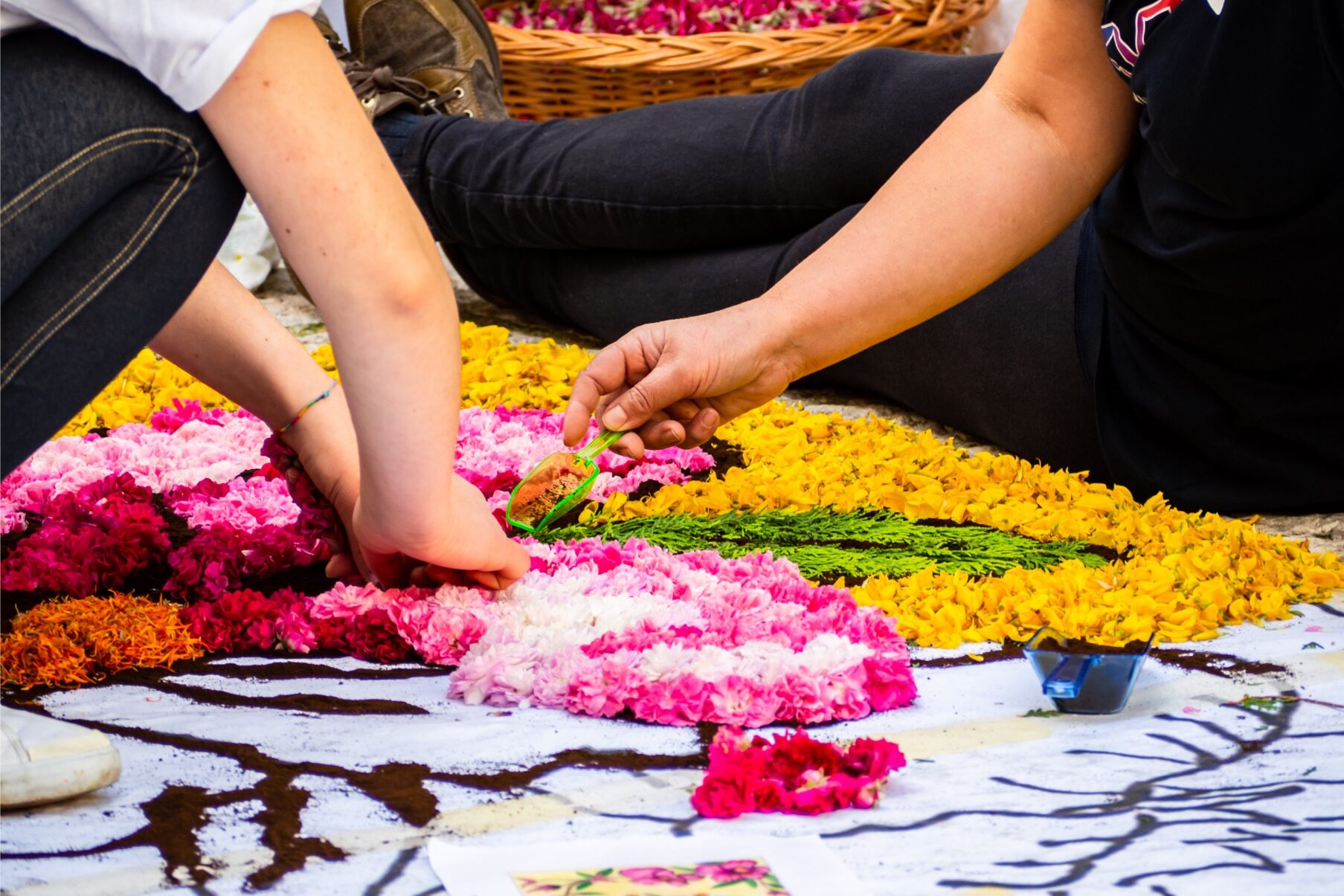Photography has the unique ability to reveal details that often go unnoticed in everyday life. It helps us remember and offers a glimpse into our recent past. It captures emotions and thoughts, showing what attracted the photographer, and why a particular frame, subject, or moment was chosen among countless options. That moment becomes sublime because, right then, the photographer saw, felt, and sensed something special.
Joe Vitone first came to Puglia to give a seminar about an exhibition of his, back home in Akron, Ohio—a place vastly different from what he found in southern Italy, the place his paternal grandparents had emigrated from in the early 1900s. Once in Puglia, he embarked on a journey to find his family’s roots, describing it as a “pilgrimage:” he did, in other words, what a classic “roots tourist” does. He sought out a past that had significantly changed over time, only to realize that these places still held many traces of what they once were.
Puglia lacks many photographs from its past, which Vitone couldn’t find in his family’s album of memories. Surprisingly, he discovered these images in photos taken in recent years. Remarkably, the images of the past are identical to those he took, not because he traveled back in time or because Puglia is frozen in time, quite the opposite! Much to his dismay, Vitone found too many modern influences in the rural landscape his grandparents left behind in the early 20th century. New additions have intrusively altered what must have once been truly beautiful. However, with the keen eye of a photographer, he realized that some things may shine with today’s fiery colors but mirror moments from the past.
Take tomato sauce, for instance, which is still made at home in the countryside today, as it was in the past. The rich red bubbling in the pots before being poured into jars is the same as it was back then. The grueling farm work that his grandfather eventually gave up on because it wasn’t enough to feed his wife and children is still the same today.
Just like the green expanses of wheat swaying in the wind, today just like yesterday: endless fields the color of gold that already hint at the scent of freshly baked bread. The sunflowers, livestock, the smells of the stable, and the woolly sheep—everything is still here. Yet the old world his grandfather left behind vanished, amid farm machinery and wind turbines.
Curiously, in the very moment we look at them, Vitone’s photographs become memories of both yesterday and today, and tomorrow will become another past. His experience of these places becomes a testament in its own right. His roots tourism brings forth a renewed awareness of time, culture, and identity.
If we could shift our focus away from the present and the images we scroll through on our smartphones, and instead adopt a broader perspective that remembers what we used to be, we would realize how much of the past is still around us. We would notice traces and similarities to events that have already happened. We’d see that we’re more like the past than we realize, often thinking of ourselves as more modern, smarter, or more sophisticated than those who came before us.
A photography exhibition says this, too: we need to rediscover the importance of personal, familial, and social memory. If we lose the memory of what we once were, we lose a part of our identity and our role in the continuity of time. Yet it’s curious that, to grasp the essence of today’s Puglia, or any part of Italy, we often need to see it through the eyes of someone from outside. Vitone, with his Italian-American culture, international experience, and a background very different from that of the locals, still manages to see “where we come from” with greater clarity: he captures the memory of the present, which becomes a tool to understand our roots and the past from which we come.
Sunlit fields, the lively colors and fruits of the earth, the rhythm of daily work, horses, lambs, cattle, pastures, almond trees, olive trees, and tomatoes. In his photos, we see what we don’t typically prioritize, what often goes unnoticed in our perception of today. Yet that “ancient” farming world, made of soil, sun, and hard work, has always been there, and continues to be the foundation of our identity.
La fotografia ha il pregio di mostrare dettagli che nel quotidiano solitamente sfuggono, aiuta a ricordare, consente di vedere come si era solo poco tempo fa. Mostra emozioni e pensieri, esplicita ciò che ha colpito il fotografo, il motivo per cui un’inquadratura, un soggetto, un momento è stato scelto tra i mille a disposizione e quell’istante diventa sublime perché esattamente lì, chi ha scattato la foto, ha visto, ha sentito, ha intuito qualcosa di speciale.
Quando Joe Vitone è arrivato per la prima volta in Puglia lo ha fatto per tenere un seminario su una sua personale, per spiegare un lavoro fotografico che aveva fatto a casa sua, ad Akron, in Ohio. Un luogo molto diverso da quello che ha trovato nel sud dell’Italia da dove però, agli inizi del Novecento, erano partiti i suoi nonni paterni. Quando è arrivato in Puglia, è andato a cercare i luoghi della sua famiglia, “come in un pellegrinaggio” ha detto, come un perfetto “turista delle radici”. Ha cercato quel passato che nel frattempo era profondamente cambiato, fino ad accorgersi che i luoghi conservano molte tracce di quello che sono stati.
Così tante fotografie che alla Puglia mancano del suo passato, che Vitone stesso non aveva trovato nell’album dei ricordi della sua famiglia, le ha incredibilmente ritrovate nelle foto fatte in questi ultimi anni. Le immagini del passato cioè, sono identiche a quelle che ha scattato lui. Non perché ha fatto un viaggio nel tempo o perché in Puglia l’orologio si sia fermato. Tutt’altro! Anzi, con fastidio, Vitone ha trovato troppe cose del presente, della vita moderna nel paesaggio rurale lasciato agli inizi del secolo scorso dai nonni. Cose che hanno invaso malamente luoghi che ai tempi dovevano essere veramente belli. Poi però guardando bene, con l’occhio allenato ai particolari che ha un fotografo, si è accorto che alcune cose brillano sì con i colori vitali di oggi, ma sono identiche a momenti antichi. Un esempio su tutti: la salsa di pomodoro che in campagna si prepara abitualmente in casa è fatta oggi come allora, e il rosso succoso che ribolle nelle pentole prima di gocciolare nei barattoli, è lo stesso di ieri. La fatica del lavoro contadino che suo nonno a un certo punto decise di lasciarsi alle spalle perché non bastava mai per sfamare moglie e figli, è la stessa oggi. Così come le distese verdi di frumento mosse dal vento ieri come oggi: campi infiniti che ondeggiano e lasciano pregustare il profumo del pane. I girasoli, il bestiame da allevare, gli odori della stalla, la lanosità delle pecore. Eppure il mondo antico abbandonato dal nonno è scomparso, tra macchine agricole e pale eoliche.
Curiosamente, mentre le osservi, le fotografie di Vitone diventano memoria di ieri ma anche di oggi, che domani sarà un altro passato. La sua esperienza dei luoghi diventa a sua volta testimonianza. Il suo turismo delle radici diventa innesto di una nuova coscienza del tempo, della cultura, dell’identità.
Se invece di concentrarci così tanto sul presente e sulle immagini che scorriamo sugli smartphone, considerassimo un orizzonte un po’ più ampio ovvero capace di ricordarsi di ciò che siamo stati, ci accorgeremmo di quanto passato vive attorno a noi e coglieremmo tracce e somiglianze con eventi già accaduti. Ci accorgeremmo di essere più simili a ciò da cui spesso rifuggiamo, pensandoci più moderni, più intelligenti o smart di chi è venuto prima di noi.
Una mostra di fotografie ci dice anche questo: andrebbe recuperato il tema della memoria personale, familiare, sociale. Perché se perdiamo la memoria di ciò che si è stati, perdiamo un pezzo della nostra identità ma anche il nostro essere ingranaggi nella continuità nel tempo. Però è curioso che per ricostruire il senso della Puglia di oggi o di un qualsiasi altro pezzo di Italia, sia utile passare attraverso lo sguardo di chi a questo territorio non appartiene. Vitone ha una cultura italoamericana, un’esperienza internazionale, una formazione molto diversa da quella locale, eppure riesce a vedere meglio “da dove veniamo”. Ci trasmette la memoria del presente, che diventa strumento per capire le radici, il passato da cui veniamo.
Campi assolati, colori e frutti della terra, lavoro e normalità, cavalli, agnelli, bovini e pascoli, mandorli, ulivi e pomodori. Nelle sue foto si vede quello che non mettiamo in primo piano, quello che è assente nella percezione che abbiamo dell’oggi, ma quel mondo “antico”, contadino, fatto di terra, sole e fatica, non solo c’è da sempre ma è sempre lì a farci da base.






























